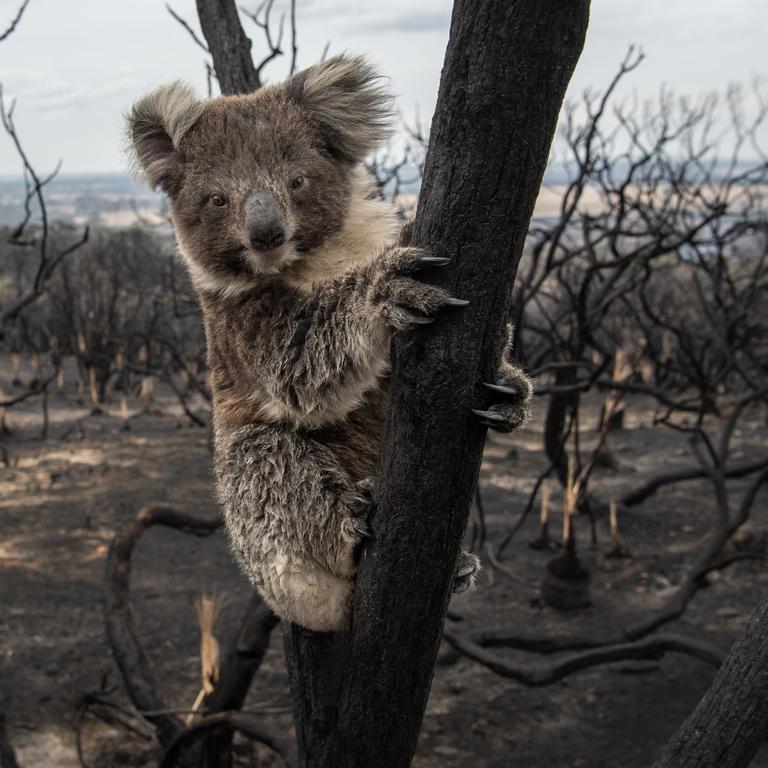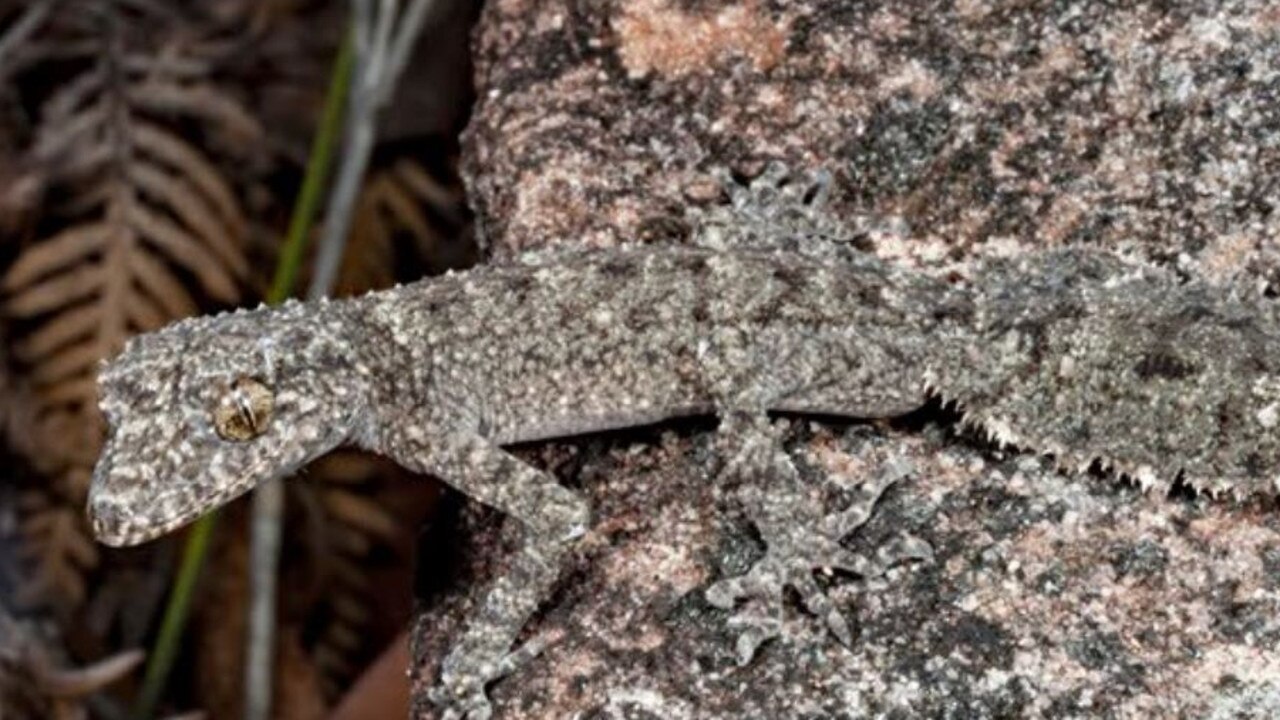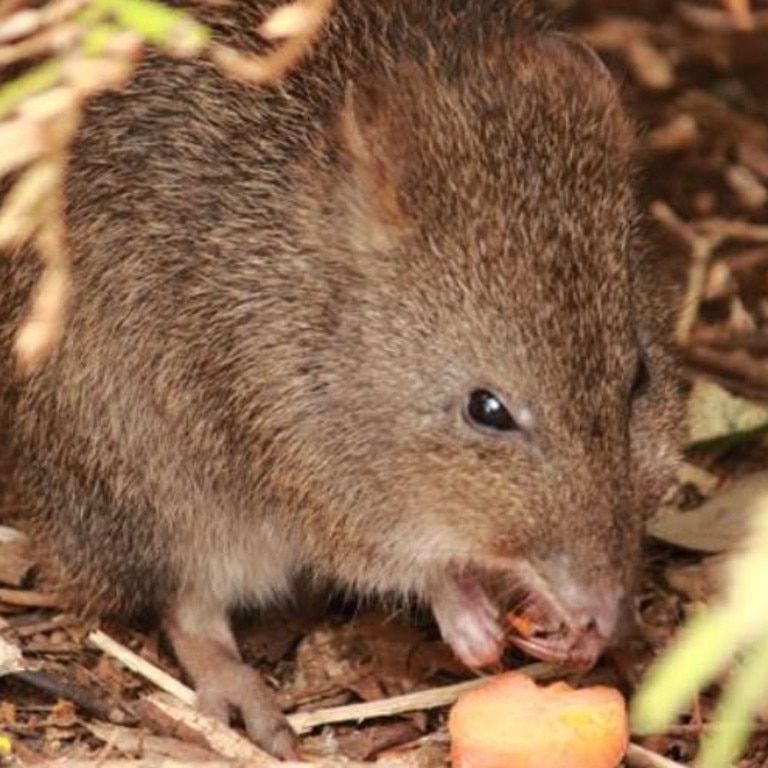New report warns wildlife endangered after bushfires destroy habitat
Australia could record a surge in the number of animals listed as endangered after close to 100,000 square kilometres burned over summer.
Researchers expect the number of threatened species in Australia to increase significantly following the 2019-20 summer bushfires that are now the subject of a Royal Commission.
The fires burned around 97,000 square kilometres of land in southern and eastern Australia comprising the habitat of around 832 native species (107 of which are listed as threatened).
A total of 70 lost a significant amount (more than 30 per cent) of their habitat, and 21 of those species were already under threat of extinction.

If the remaining 49 animals are found to be threatened as well it would increase the amount of threatened species in Australia by 14 per cent, and scientists are now calling for those remaining species to have their vulnerability assessed.
There are 243 species listed as nationally threatened under Australia’s Environment Protection and Biodiversity Conservation Act of 1999.
The figures come from research by a group of 24 scientists from institutions around Australia including UQ, Wildlife Conservation Society, University of Sydney, La Trobe University, James Cook University, The Nature Conservancy, BirdLife Australia, Charles Darwin University, Australian National University, CSIRO, Charles Sturt University and Macquarie University.
“Many of the species impacted by these fires were already declining in numbers because of drought, disease, habitat destruction and invasive species,” UQ earth and environmental sciences PhD candidate Michelle Ward said.
“Our research shows these mega-fires may have made the situation much worse by reducing population sizes, reducing food sources and rendering habitat unsuitable for many years,” she added.

RELATED: Bizarre new fish accidentally bred in lab
The researchers also noted the fires were “exceptionally severe”, burning in places they wouldn’t normally, such as rainforests.
It’s estimated more than a billion animals died in the summer bushfires.
The animals that survived face the challenge of living in a burned out landscape.
“Many individual survivors will struggle in the short term to find food and shelter in burnt habitat or ash-impacted localities, leaving them vulnerable to starvation, environmental extremes and predators,” the researchers wrote.

RELATED: How ultra-black fish hide in the sea
The team added many of the native species were already under threat from invasive species, drought, disease and habitat destruction, even before the fires which “may have exacerbated the situation by abruptly and severely reducing population sizes and rendering habitat unsuitable for many years”.
The Kangaroo Island dunnart and long-footed potoroo (which lives around the border of NSW and Victoria), were already under threat of extinction before the fires torched more than 80 per cent of their habitat.
The Kate’s leaf-tailed gecko is believed to have lost a similar amount of its habitat but is not currently listed in the act.
The environment department released a provisional list of 119 animals requiring “urgent management intervention” in March of this year, the same month the recently published study was sent to the peer-reviewed journal of Nature Ecology & Evolution.

RELATED: Cow caught on camera at cop shop
The authors of the study said there is a need for urgency because without assessments and listings there’s no trigger to monitor population numbers and help the species’ recover.
UQ conservation sciences professor James Watson said the threat of climate change was exacerbating the fires and would continue to in future seasons.
“While fire is a crucial aspect of many ecosystems, we’re witnessing climate change-induced drought combined with land use management practices that make forests more fire prone,” Professor Watson said.
“We need to learn from these events as they are likely to happen again.”
But the only story big enough to push the horror bushfire season off the front pages of Australian newspapers is also hampering efforts to prevent it happening again.
“We’re in Operation Cool Burn at the moment which is undertaking our hazard mitigations burns across Queensland, and so we’ve had to take into account physical distancing requirements as best we can with our crews while they’re out doing that,” Qld fire and emergency services commissioner Greg Leach recently told the Royal Commission into National Natural Disaster Arrangements.
The COVID-19 pandemic is also making it harder to train up new volunteer firefighters.
“We experienced a surge in interest in volunteering after the events here in Western Australia,” the state’s fire and emergency services commissioner Darren Klemm said.
“That’s been dampened somewhat by COVID and the various restrictions that were put in place and the challenges around getting those people onboarded and then trained to a standard that allows them to then go and do the volunteering that they actually joined up to do,” he said.
The Royal Commission was set up in response to the summer bushfires.
It will examine the responsibilities of the Commonwealth and states in responding to natural disasters, how well they work together and what changes should be made in the future.
It will also look at “improving resilience and adapting to changing climatic conditions” and “whether accountability for natural disaster risk management, preparedness, resilience and recovery should be enhanced”.
Already the Commission has received close to 2000 submissions but is unlikely to deliver a response before the next bushfire season, which has already begun in some parts of the country.



